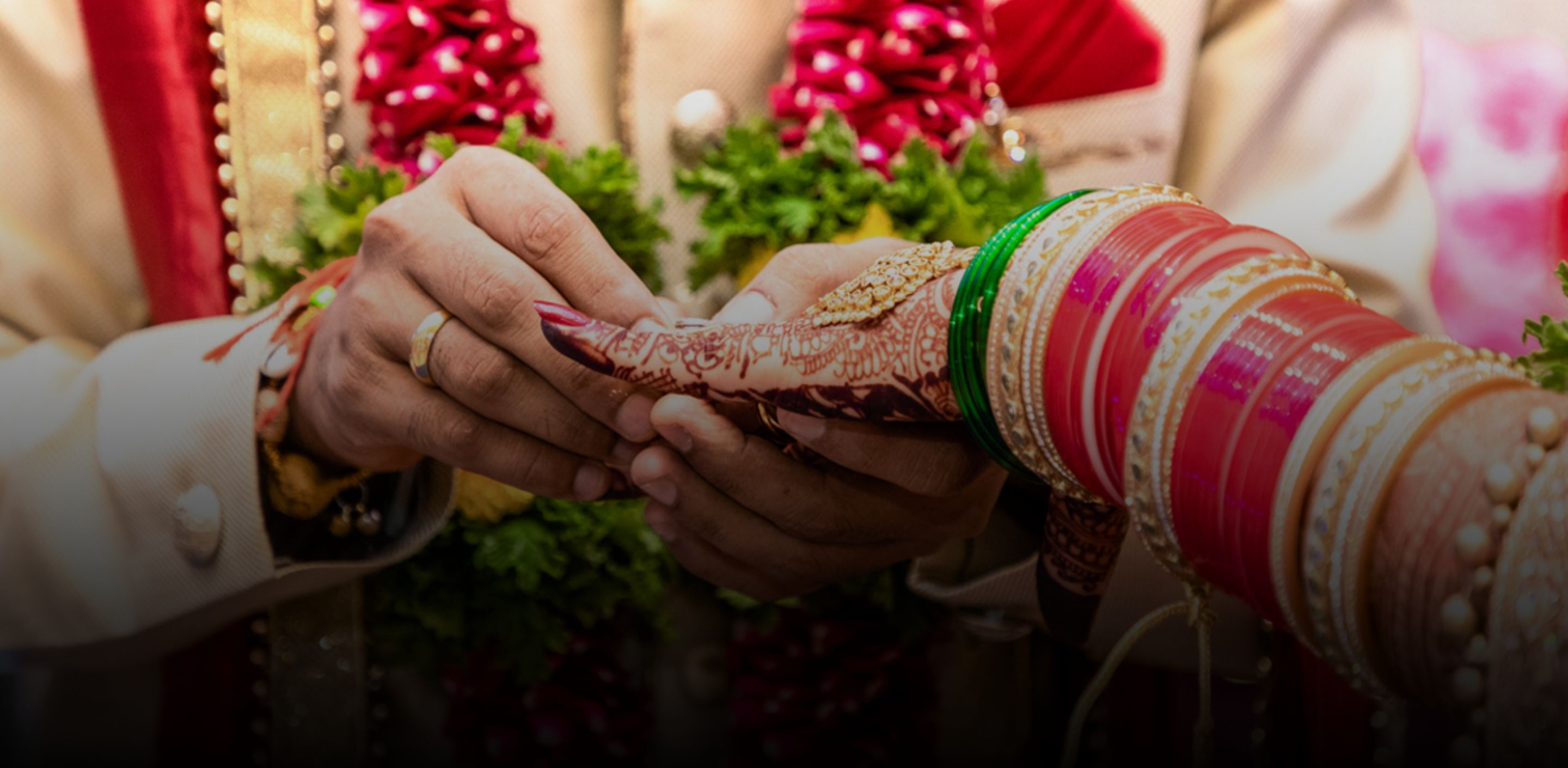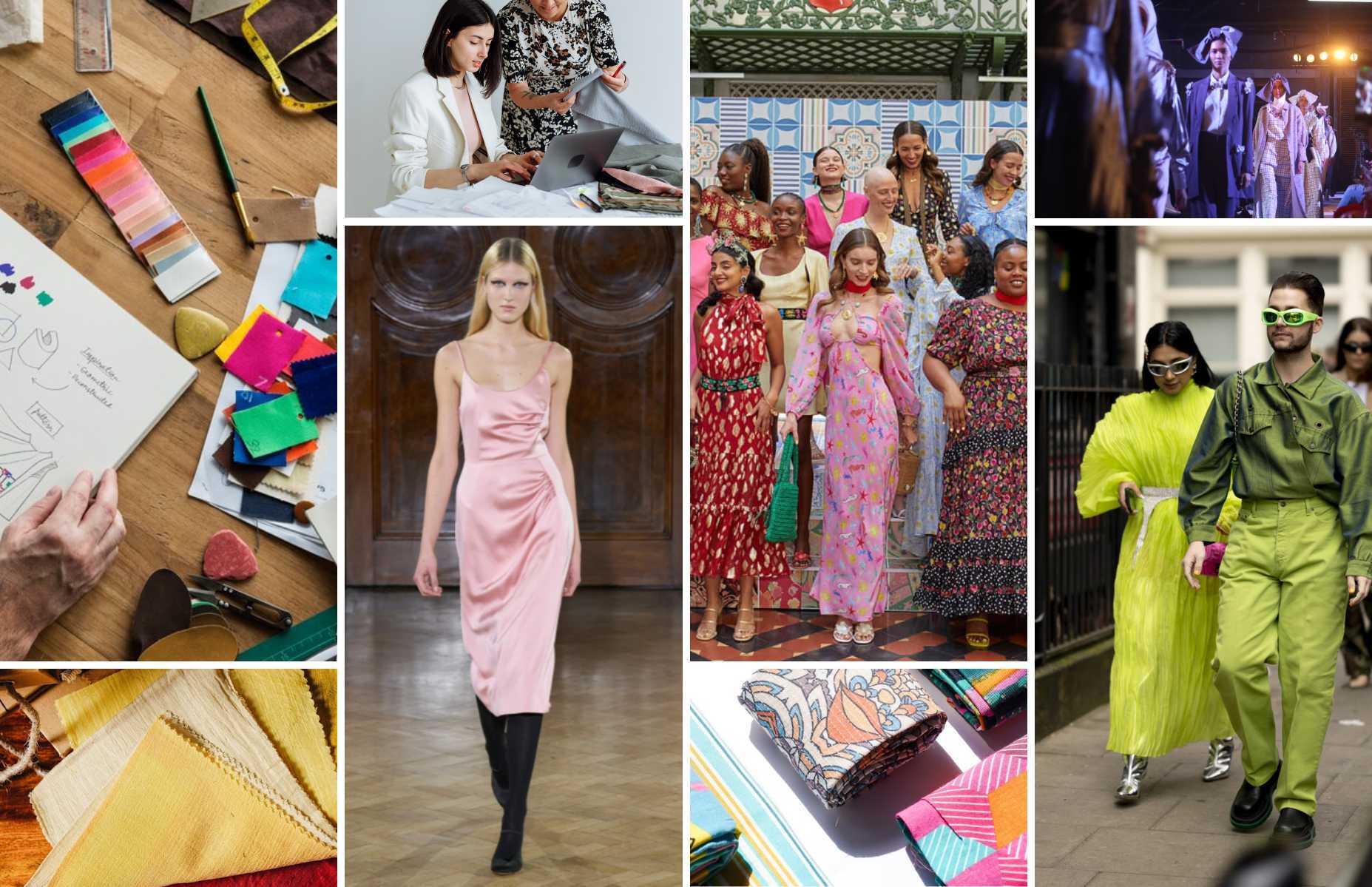Designing an outfit is a tedious task that requires lots of effort. Further, sourcing fabric that is the right kind is also a necessary step in crafting clothes, as it defines the fit and appearance of the garment. We can't deny the fact that every material carries a "life" in itself, and that same life transfers to the outfit.
Imagine an outfit with flowy patterns that romanticize the mood, would it be complete without the material like chiffon, georgette or rayon. Further narrowing choice will lead to picking a particular fabric from woven and knit.
Both kinds of fabric have some pros and some cons. Yet, both share an equal role in the fashion world. However, knit fabric types and features gave it more potential. But what varieties and features made it so appealing to fashionistas? Let’s dig it up today with this article!
What exactly is knit fabric?

Features of knit fabric

Elasticity
Single continuous threads are used to create knit cloth. This indicates that it may expand in all directions. This property of elasticity is present in all knitted fabrics.Lightweight
You won't feel at all weighed down when wearing knits since they are so comfortable and light. Even in the summer, you can wear a large cardigan with light summer clothing.Comfortable
The soft, comfy, and elastic knit clothing is ideal for wearing on any occasion. You may enjoy the ideal night out by layering an oversized knit sweater over trousers and a shirt.Types of knit fabric
Knit is majorly divided into two broad categories: weft and warp.Weft stitching
The process of knitting a piece of cloth with rows of stitches that go from left to right is known as weft knitting. Either a machine or a hand may be used to make this kind of cloth. Its simplicity makes it the most widely used kind of knitting. Furthermore, weft stitching is divided into two parts: single knits and double knits.
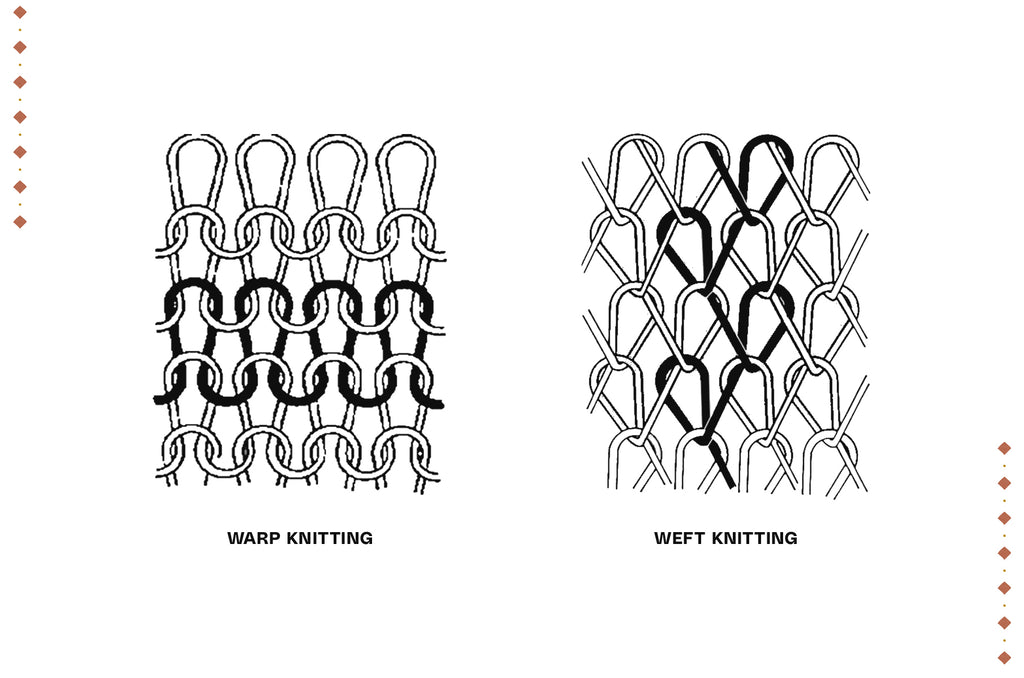
Warp knitting
Vertical loop interlocking down the length of the cloth produces warp knit fabrics. This kind of cloth is machine-made, allowing for more customization. Warp knitting has two significant parts- Raschel and tricot.Single Knits and Jersey Fabric
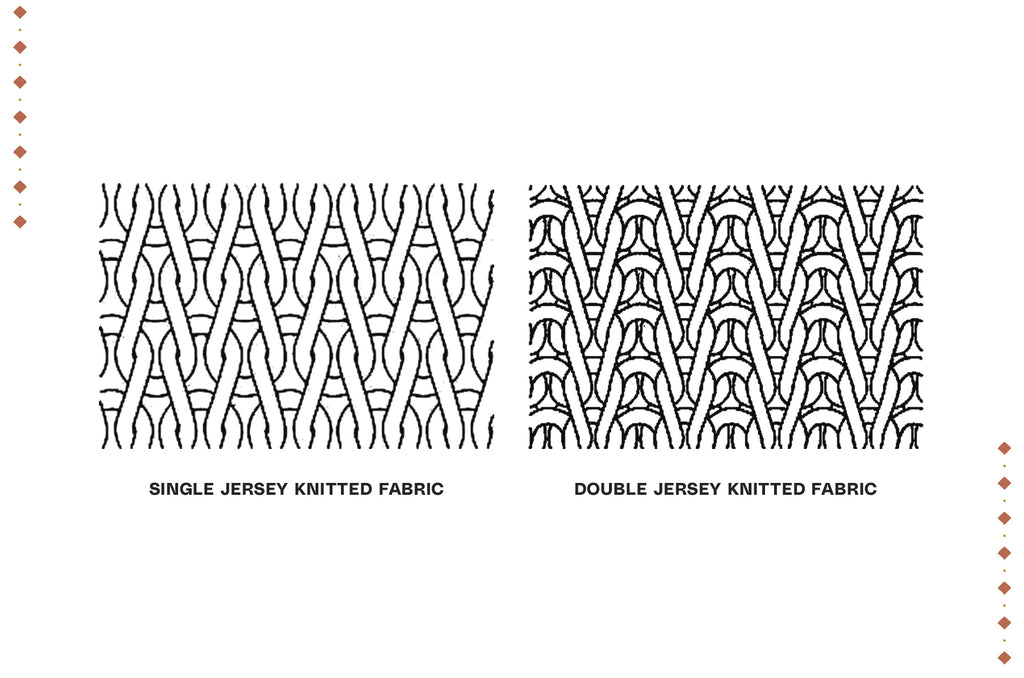
Double knits
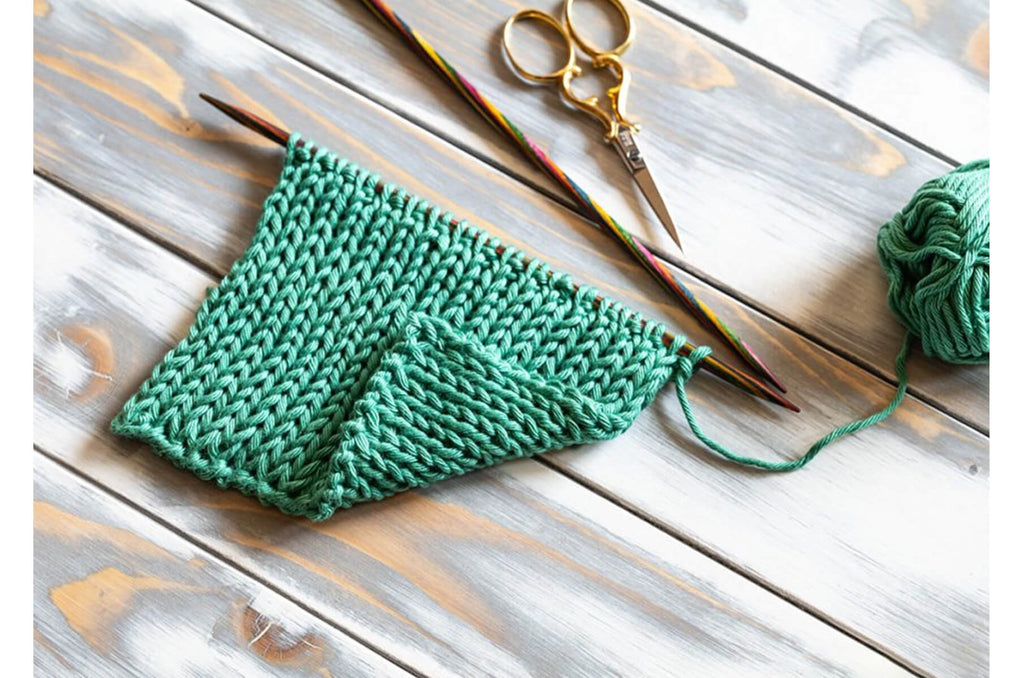
Raschel knitting
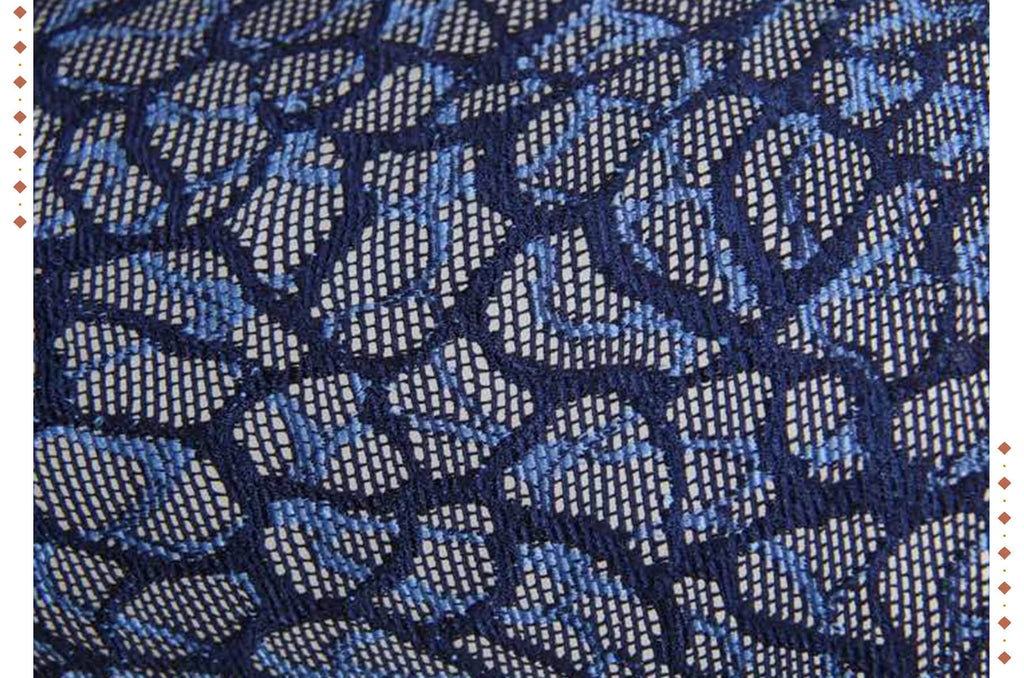
Tricot fabric
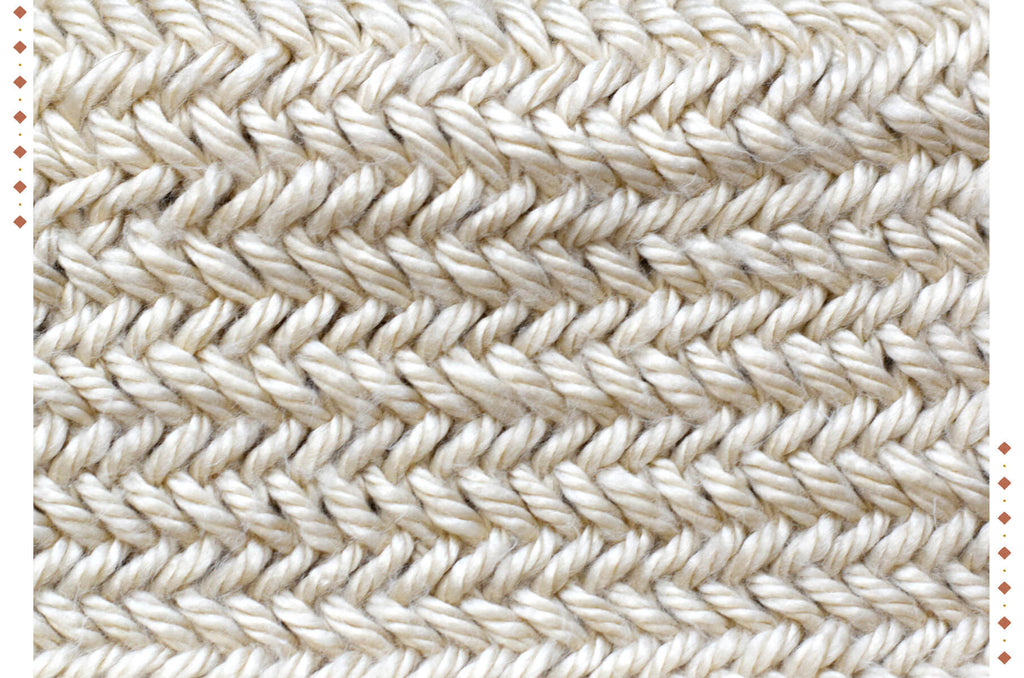
Difference between knitted and woven fabric
Knit and woven fabrics seem almost similar, yet you can easily differentiate them. There are a few factors that you can keep in mind while identifying them, such as:Threads
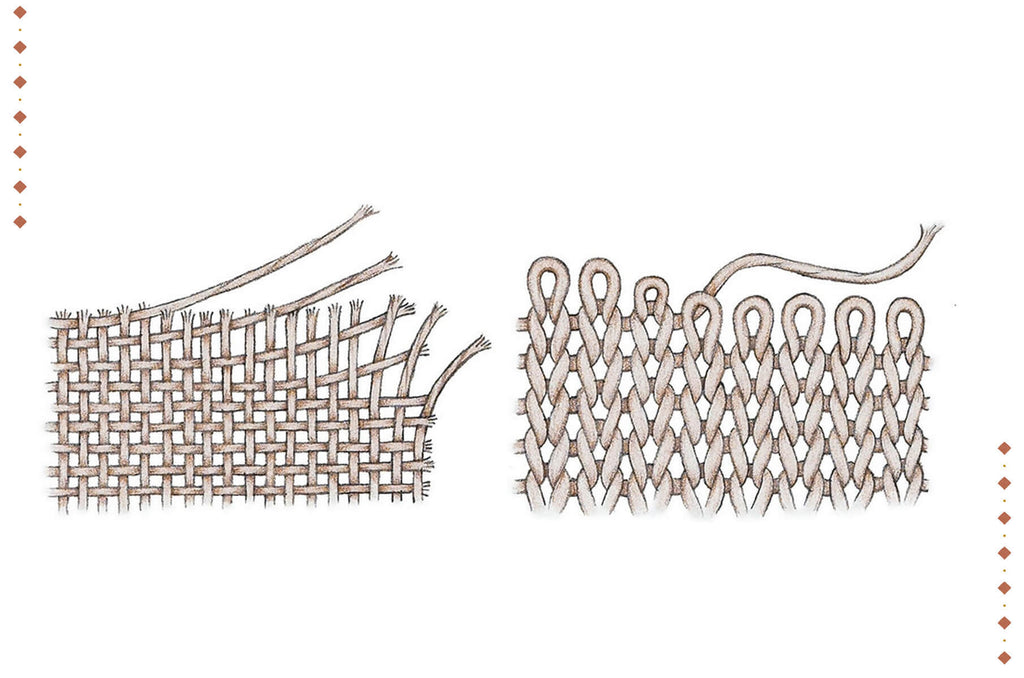
Stretch
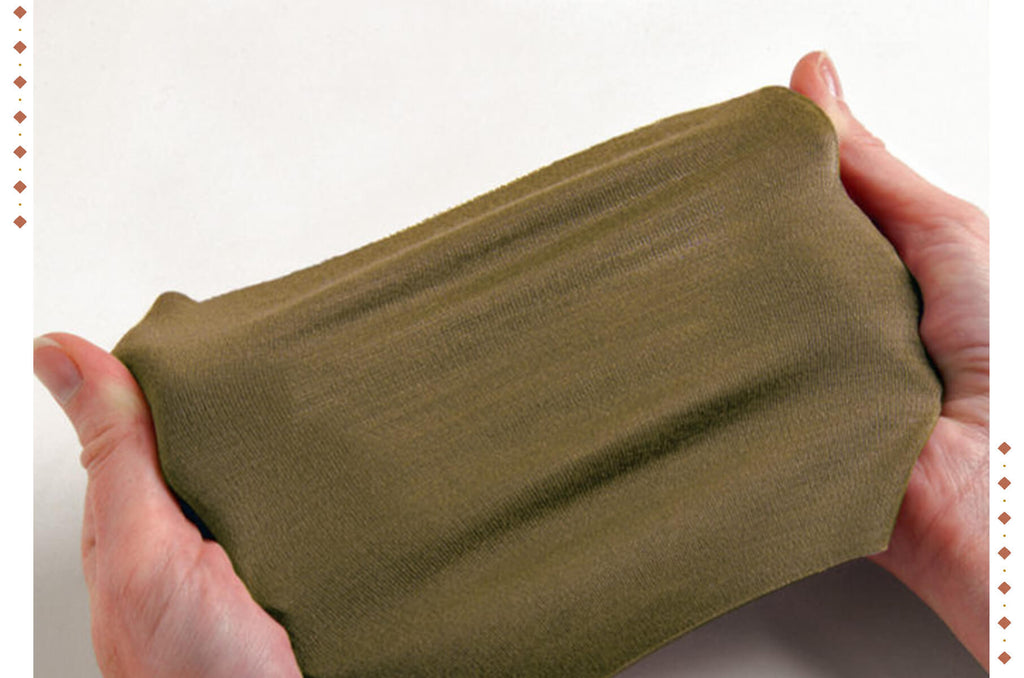
Wrinkle test
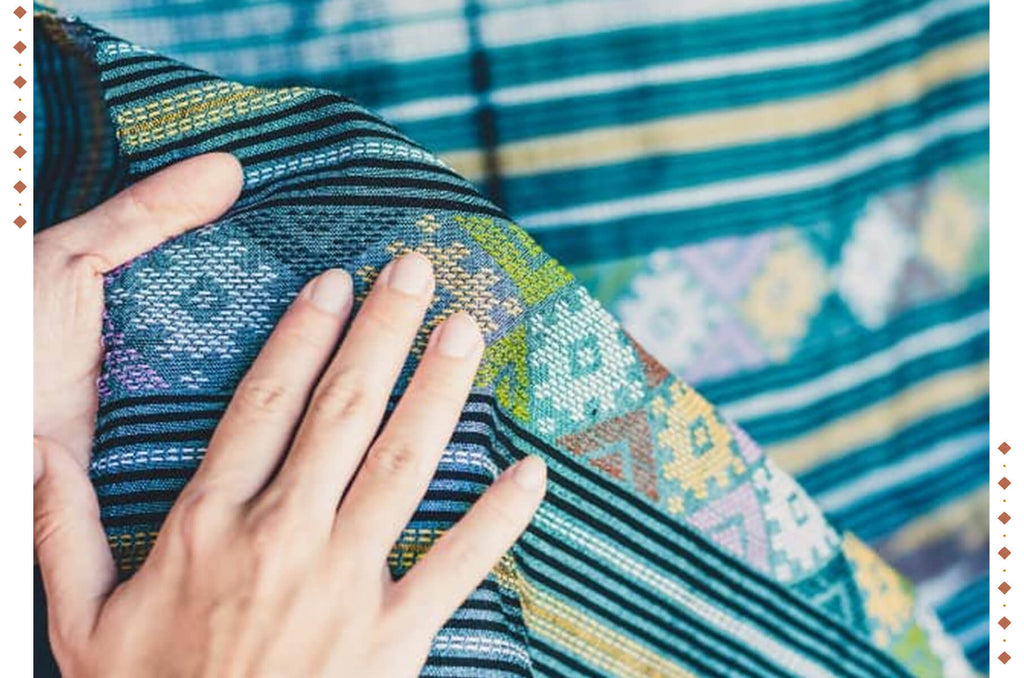
How knit fabric is beneficial
Easy Manufacturing
Knitted textiles are created with fewer, easier procedures than woven fabrics, which require a lot more steps and processes. As a result, manufacturing becomes easier.Low price
Knitted fabrics are produced swiftly and simply since the procedure is straightforward and uncomplicated. The finished result is much less expensive than other textiles because of the high manufacturing speed and ease with which the procedure is completed.Can get any shade
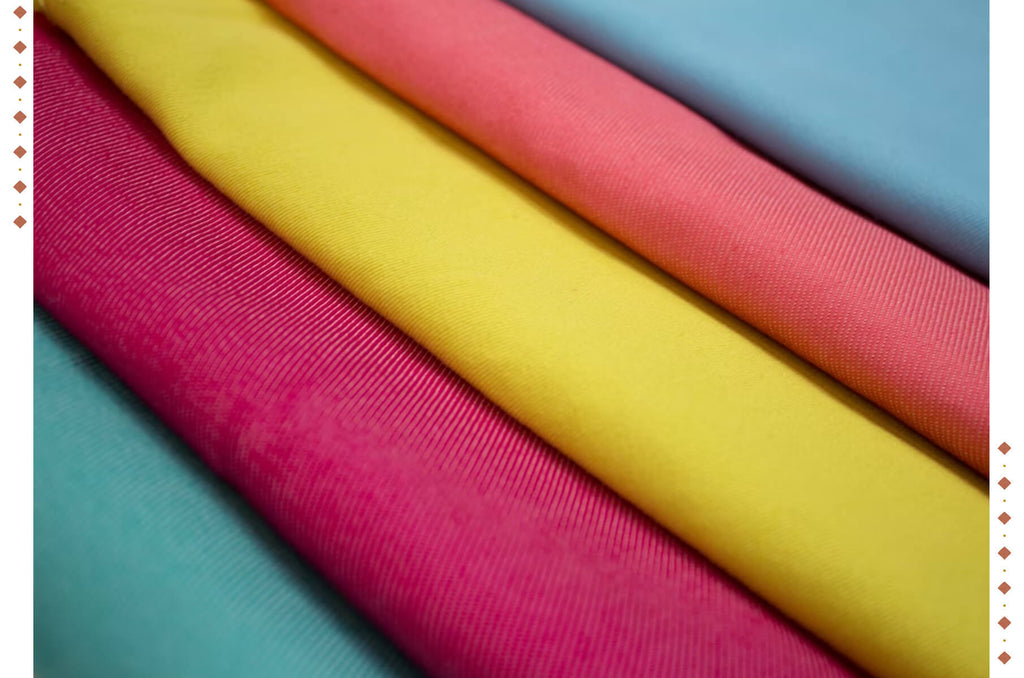
Most common uses of knitted fabric
Knit fabrics are the most versatile and have many applications outside of clothing. Knit fabric's versatility allows it to be used for a wide range of applications, from home furnishings to accessories. Some of the most common uses of knit fabric include:
Clothing

Knit fabric is commonly used in the manufacture of clothing such as T-shirts, sweatshirts, and leggings. Its stretchiness and softness make it comfortable to wear, and it is often preferred for casual wear.
Home furnishing
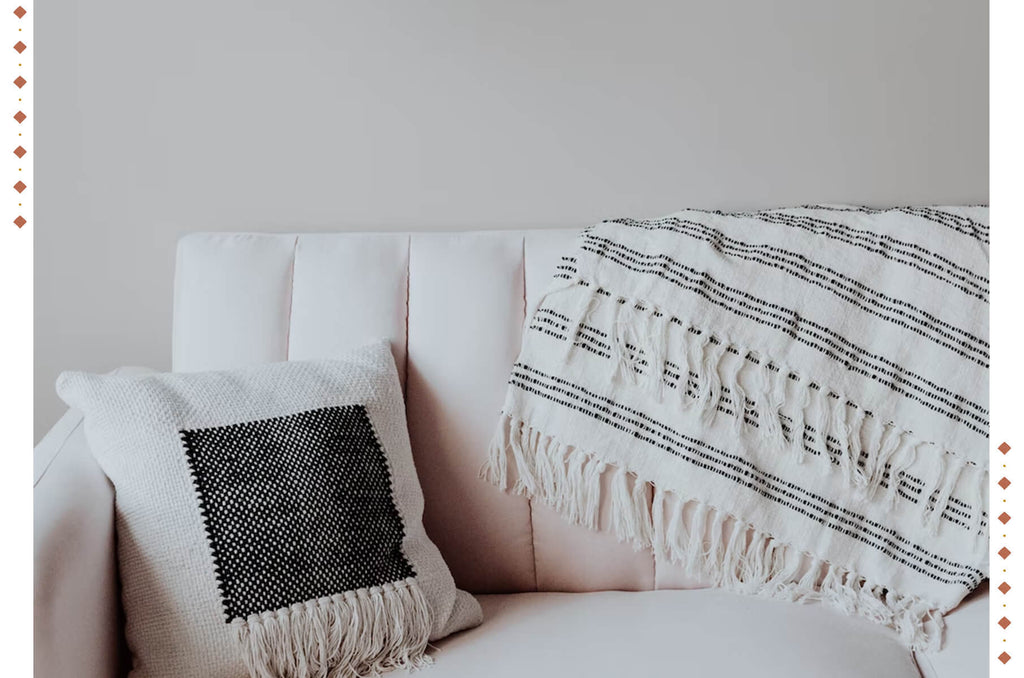
Baby items

Activewear
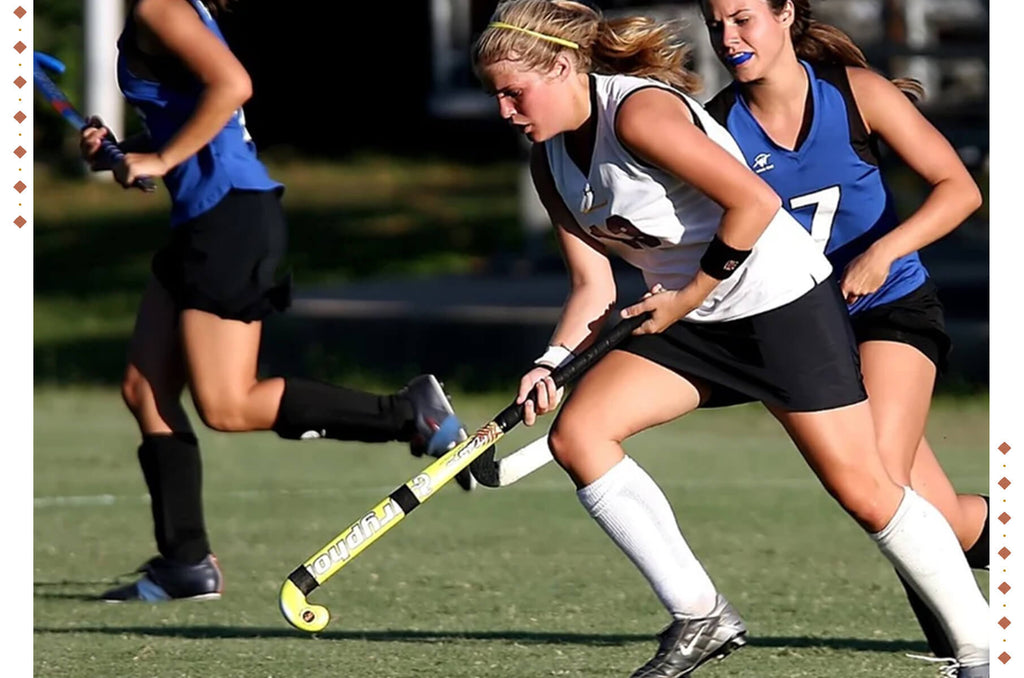
Accessories
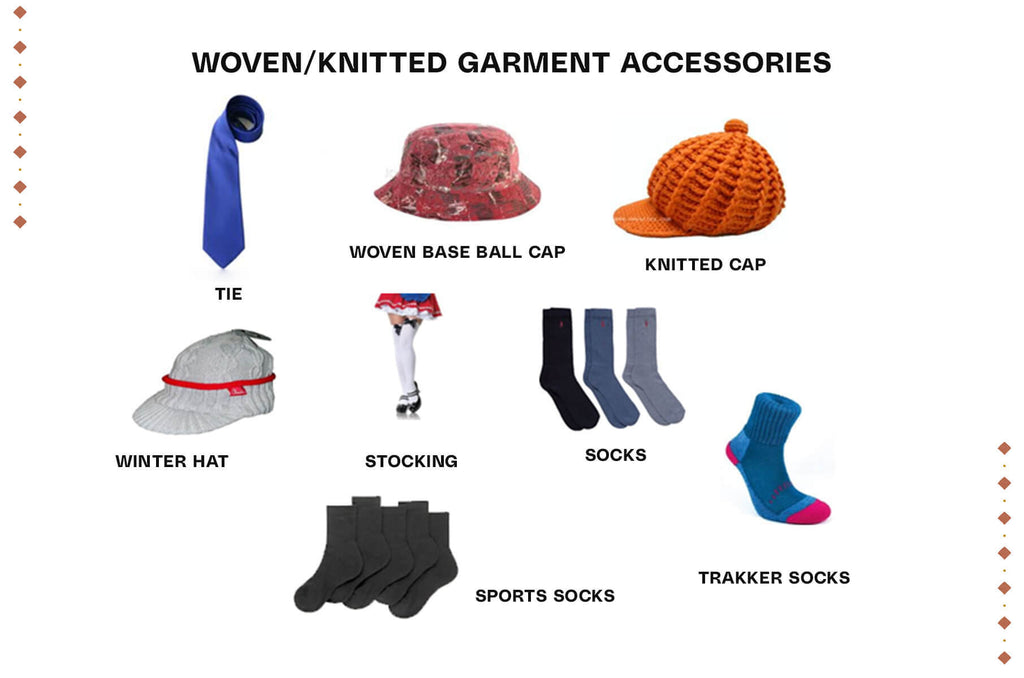
Knit fabric is commonly used to make scarves, hats, and other accessories. Its stretchiness allows it to easily conform to different head and neck shapes, making it a popular choice for these items. Knit fabric is also a popular choice for socks due to its ability to stretch and conform to the feet, providing comfort and support.
We also happen to be a magnet for suggestions, and would love to catch yours….throw us yours on hello@fabriclore.com



